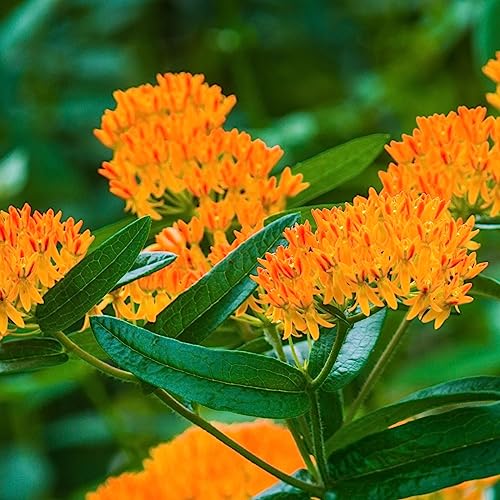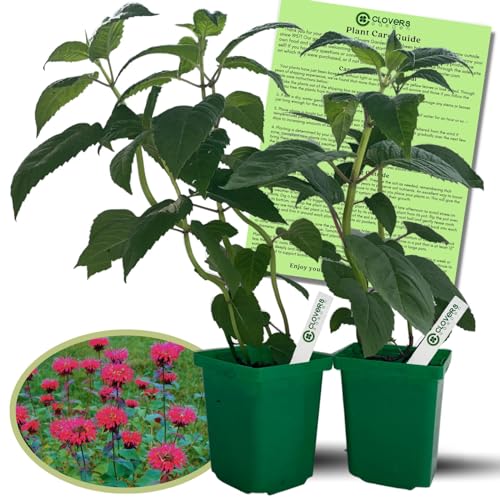These 5 popular garden plants are (surprisingly) invasive – a professional gardener issues a stark warning, and reveals what you should grow instead
Avoid planting these aggressive and vigorous species
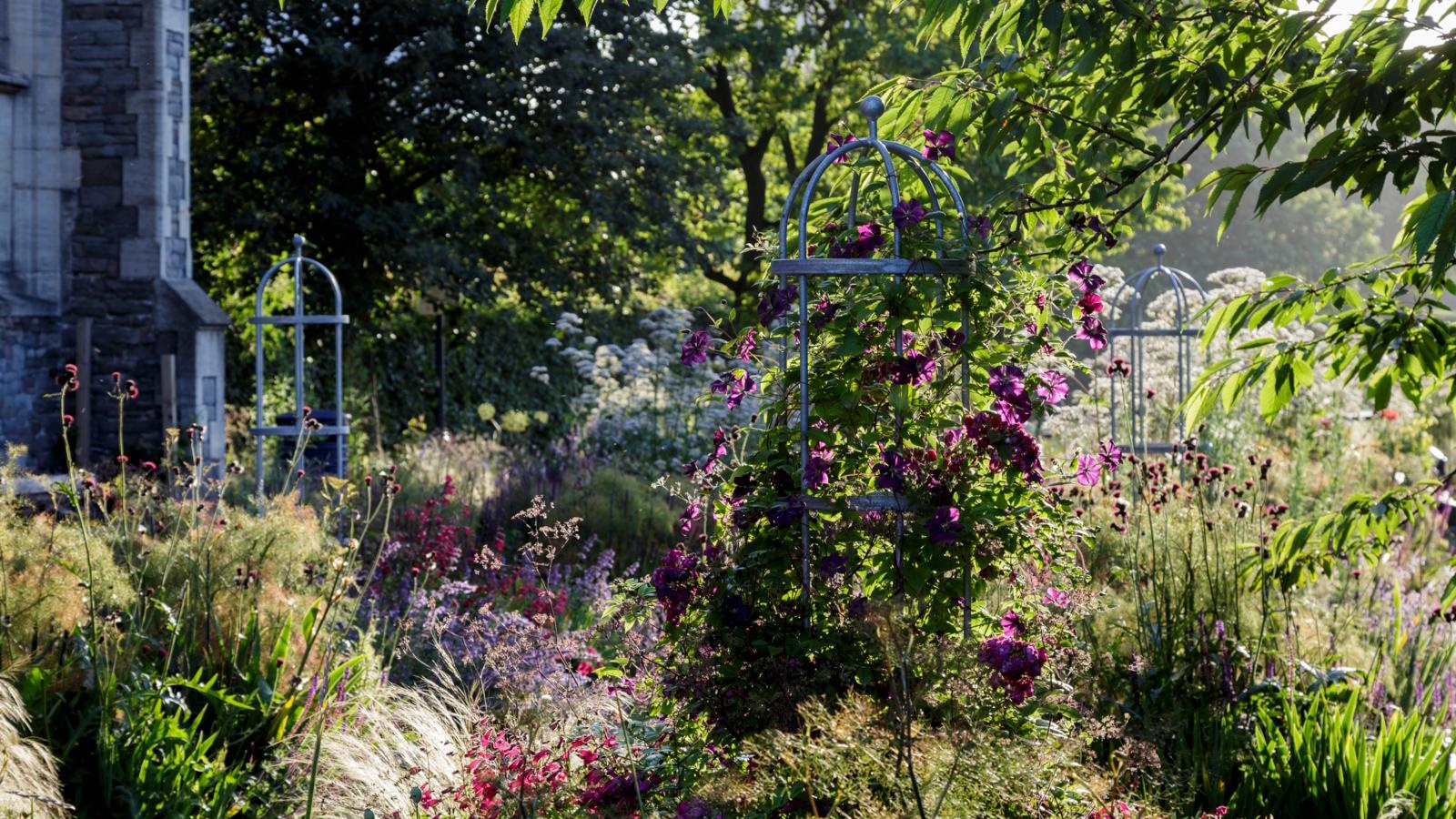

As a professional gardener, I’ve worked in many different places, ranging from high-maintenance London courtyards to vast and rolling estate gardens in Tuscany. And if there’s one thing I’ve learned, it’s that plants grow, perform and spread in unexpected ways. Some of the most popular garden perennials and shrubs, those you’ll find in any nursery or local plant store, can turn out to be remarkably aggressive, especially in the wrong setting.
And I don’t mean they’ll grow vigorously. I am talking about plants that smother natives, take over woodlands, and, in some cases, spread many miles from the original planting site. Some are so tenacious that they can require professional help to get rid of them, and, importantly, they can escape your yard and spread elsewhere (which might not prove popular with your neighbors).
Of course, plant performance varies from place to place. What might dominate in one region may play nicely in another. Here are five popular plants that are invasive that I have come across in my time as a horticulturist. Plus, I share what I’d recommend instead, after years of trial and error involving a range of invasive plants.
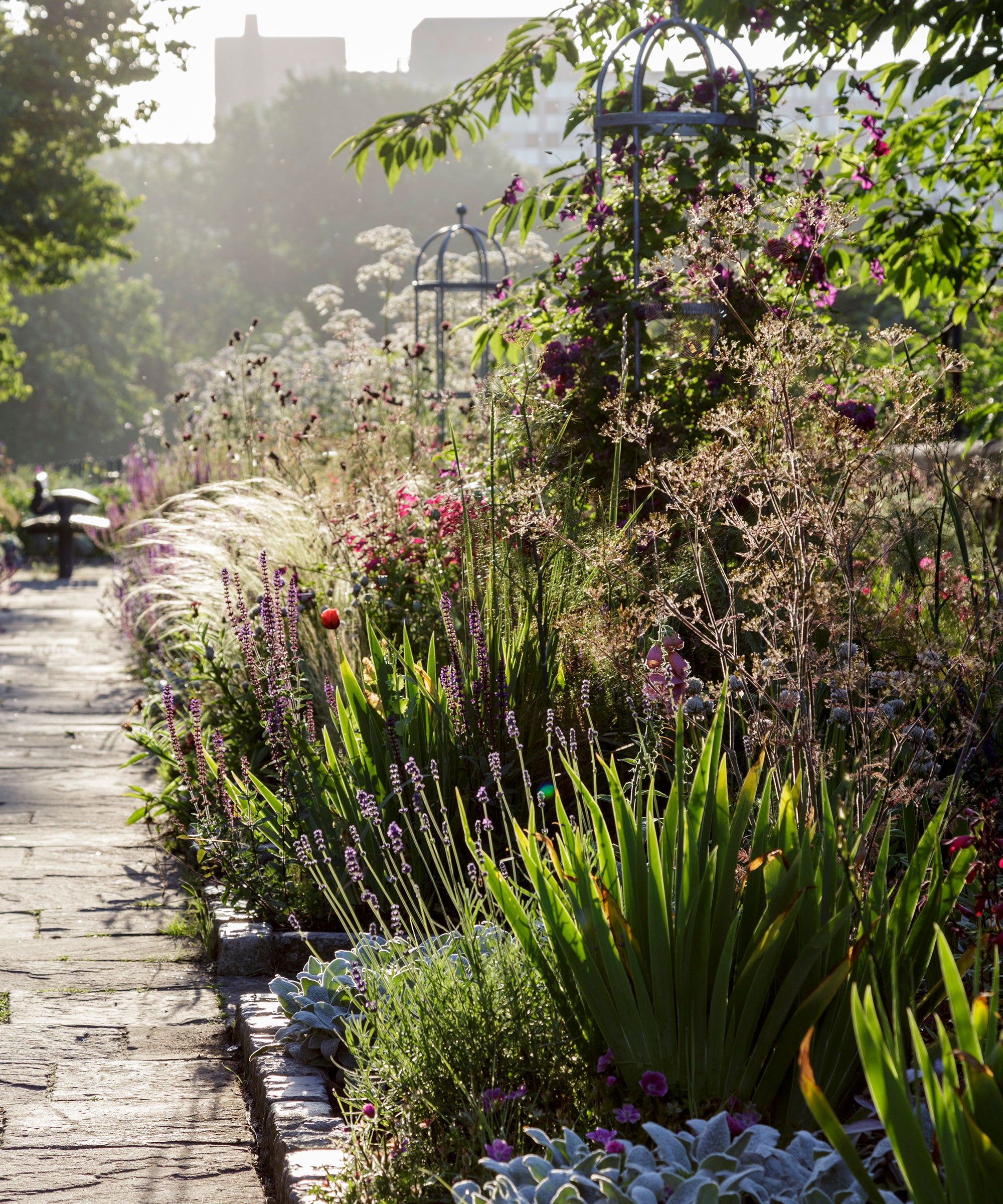
5 popular plants that are invasive
While it will vary in different regions and US hardiness zones, there will always be invasive trees and invasive perennials that grow a little too well.
Some plants, outside of their native range, can quickly become unmanageable, such as the tree of heaven, burning bush or Japanese honeysuckle.
After several years working as a gardener, here are five popular plants that are invasive that might surprise you, and the species I recommend growing instead.
1. Lily of the valley
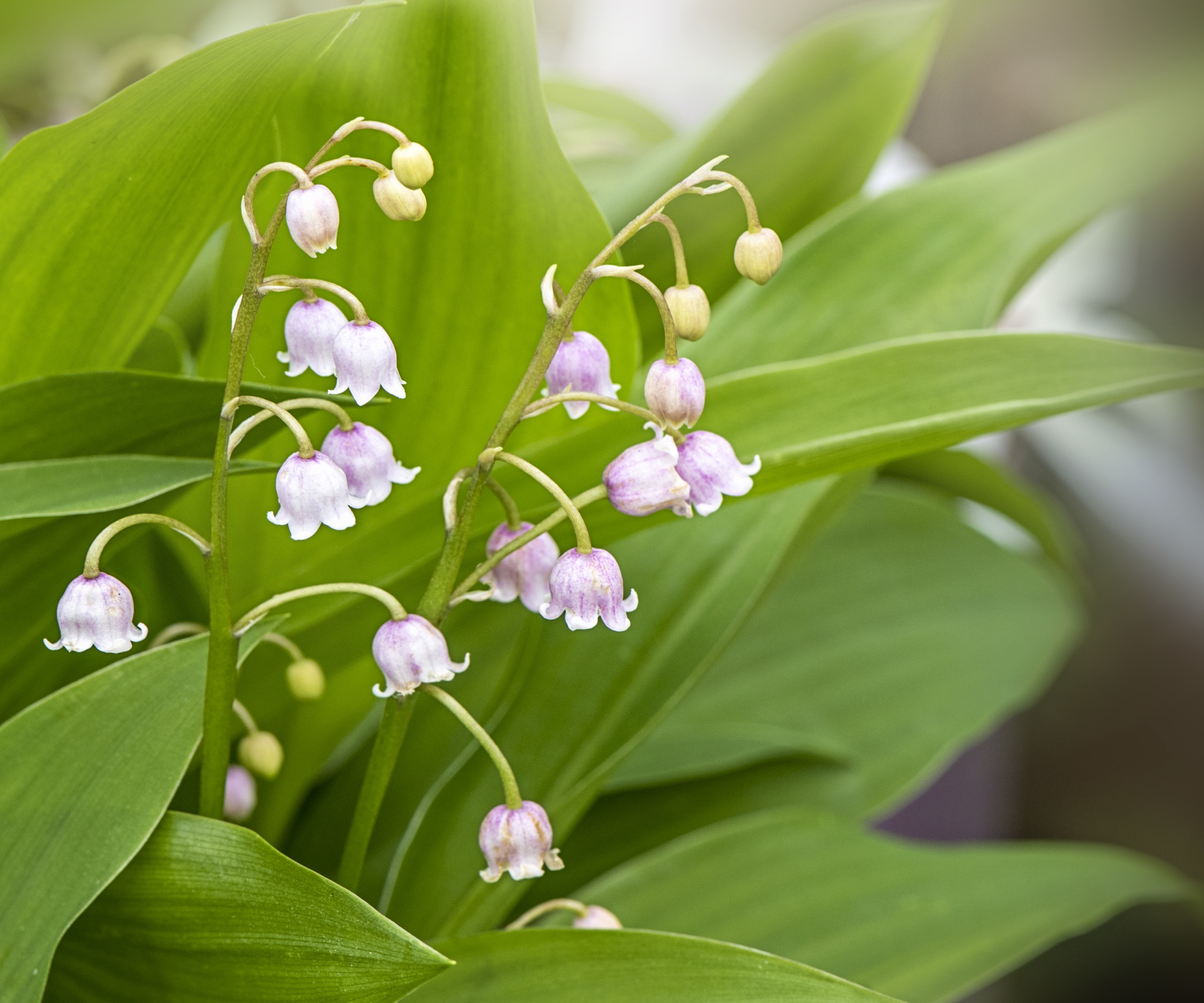
There’s no denying that lily of the valley is a beautiful ground cover plant. The floral scent is, in my opinion, hard to beat, but what you might not know is that once it’s happy, lily of the valley runs and runs, and can become an invasive bulb in certain settings.
Design expertise in your inbox – from inspiring decorating ideas and beautiful celebrity homes to practical gardening advice and shopping round-ups.
As a woodland plant that thrives under trees and shrubs, it can become a problem in wet, shady and mild settings in zone 4 to zone 8.
Take Maine, for example, where it has become a serious issue and is pushing out native plants. The root system is persistent, and removal can be a nightmare.
As invasive plants go, it is undeniably lovely, I'll grant you. But, if you aren't able to manage its spread, I would recommend avoiding the standard lily of the valley, or Convallaria majalis, and opting instead for the pink-flowering Convallaria majalis var. rosea, which is just as pretty but far less aggressive.
Pink-flowering lily of the valley bulbs are available from Amazon.
One final point to note is that lily of the valley is a poisonous plant, so if you have a young family or inquisitive dogs or cats, the pink flowering variety might be a species to avoid, as all parts are toxic.
2. Daylily
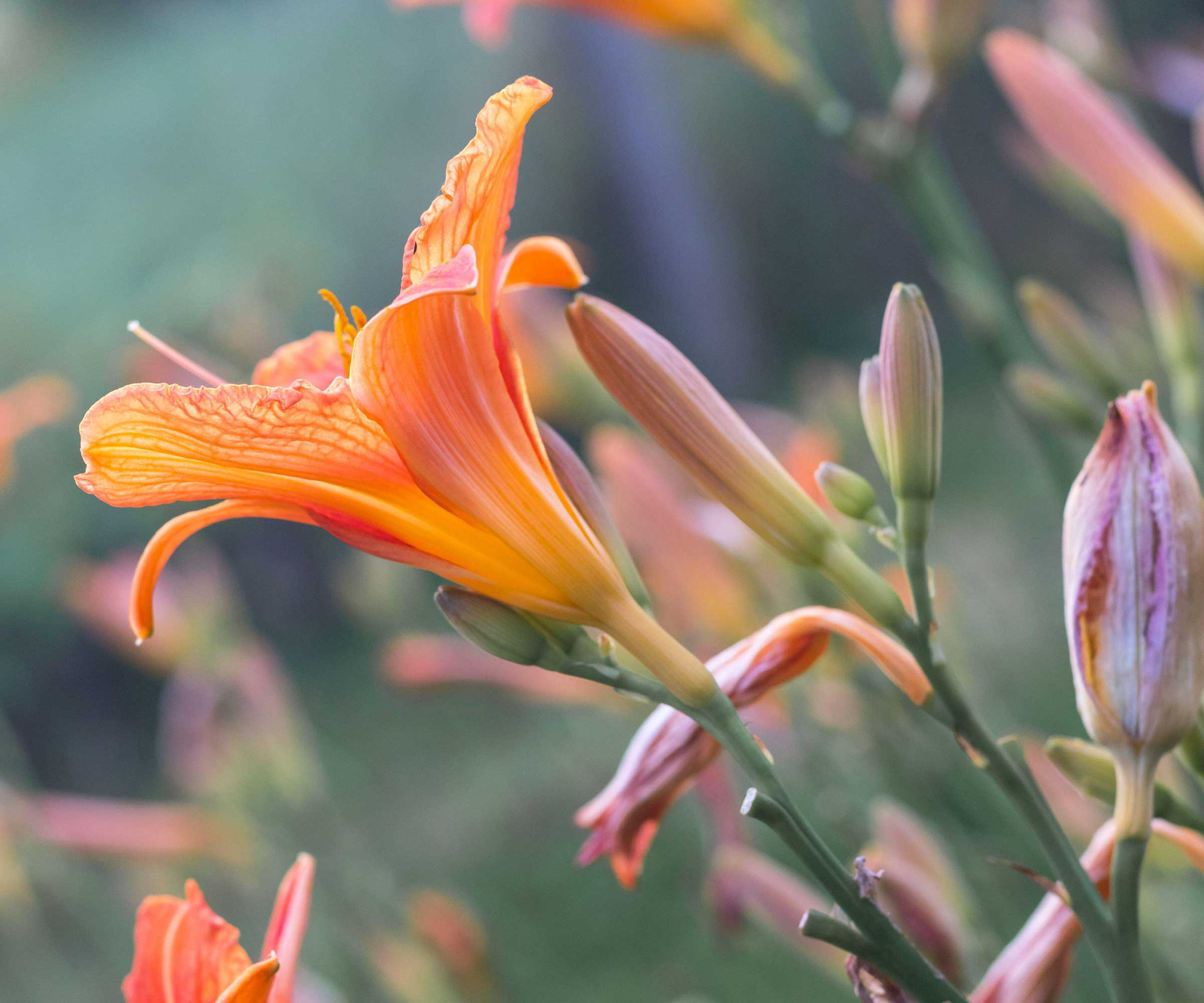
Common daylilies, or Hemerocallis fulva, are some of the longest-flowering perennials that typically produce masses of orange blooms all summer long.
While this might sound appealing, or you might spot daylilies growing in a neighboring plot and fancy trying this species in your yard, it is important to know that they are considered invasive in several US states, including Virginia and Michigan.
Once it’s settled, it’s nearly impossible to shift, thanks to its thick, fleshy roots that become incredibly dense. For this reason, many consider daylilies as ditch plants, in that they can grow and spread seemingly anywhere. Daylilies are certainly plants I will never grow again.
In my experience, they can quickly escape backyard settings and spread along roadsides and in moist woods and meadows, where they form dense mats that choke out native plants.
Instead, for a vibrant orange perennial, try learning how to grow milkweed, an impressive native species that is also the host plant for monarch butterflies.
Live orange butterfly milkweed plants, or Asclepias tuberosa, can be ordered via Amazon, and can be grown in sun or part shade from zone 4 to zone 10.
3. Rhododendron
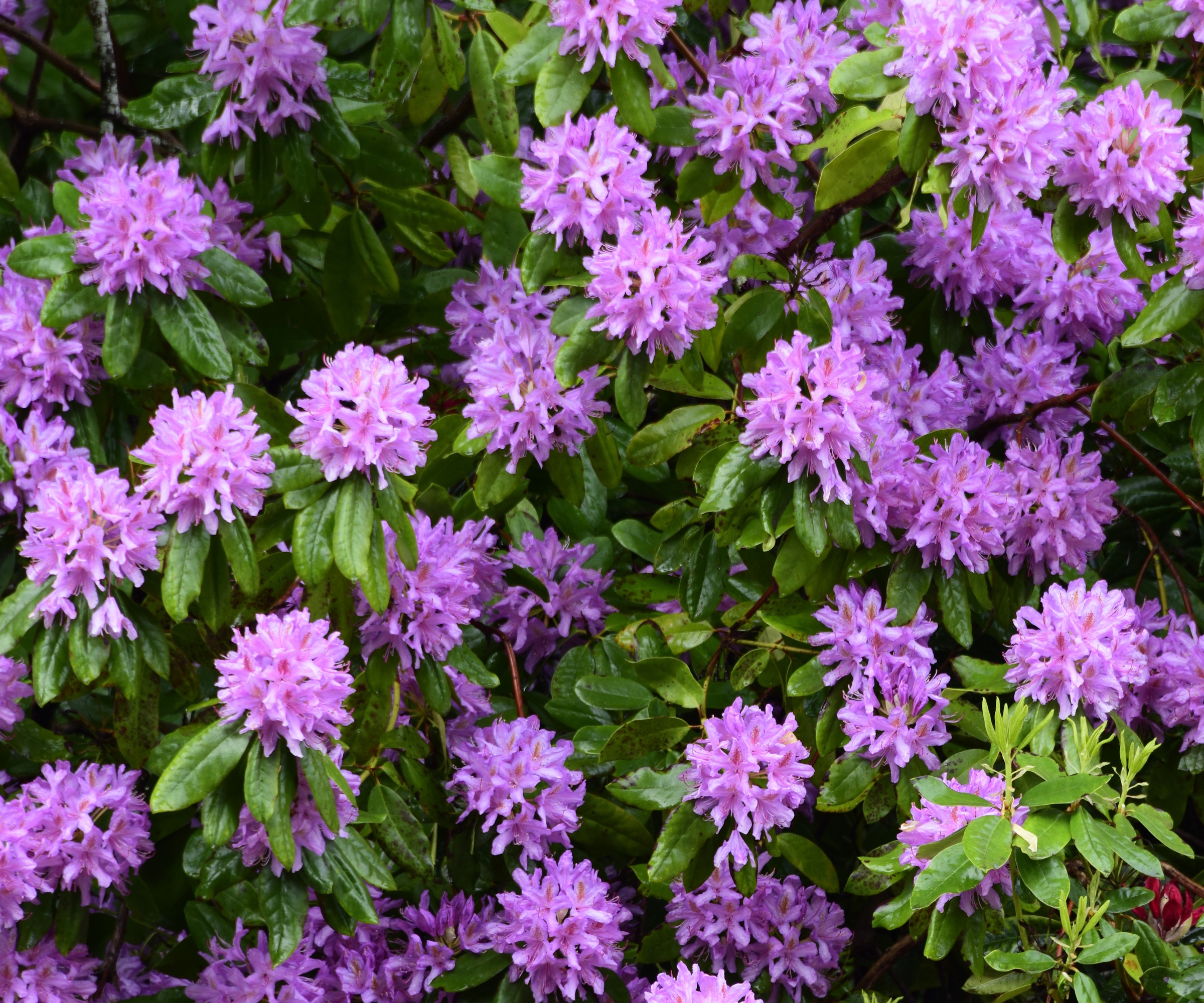
In the UK, you’ll find the purple-flowering Rhododendron ponticum draping hillsides and roadside banks in clouds of lilac.
I remember admiring it when I was a teenager driving through the countryside, before I learned what a menace it truly is.
Of course, many of us enjoy growing rhododendrons, and these flowering shrubs are remarkably popular worldwide. However, while most varieties are non-aggressive, Rhododendron ponticum is one shrub I will never grow.
This species is a thug, and in damp, mild conditions, like parts of the Pacific Northwest, it can quickly take over woodlands. The dense foliage blocks light, preventing anything from growing beneath it.
If you love rhododendrons, and I am sure you do, opt for something like Rhododendron macrophyllum, otherwise known as the Pacific rhododendron.
This native rhododendron can be grown from zone 6 plus, and boasts deep pink blooms and behaves far more kindly to the ecosystem around it.
I also love the look of this pink-flowering Rhododendron 'Roseum Elegans', with live plants available to order now via Amazon, which would look good in any setting, including in pots.
4. Lantana
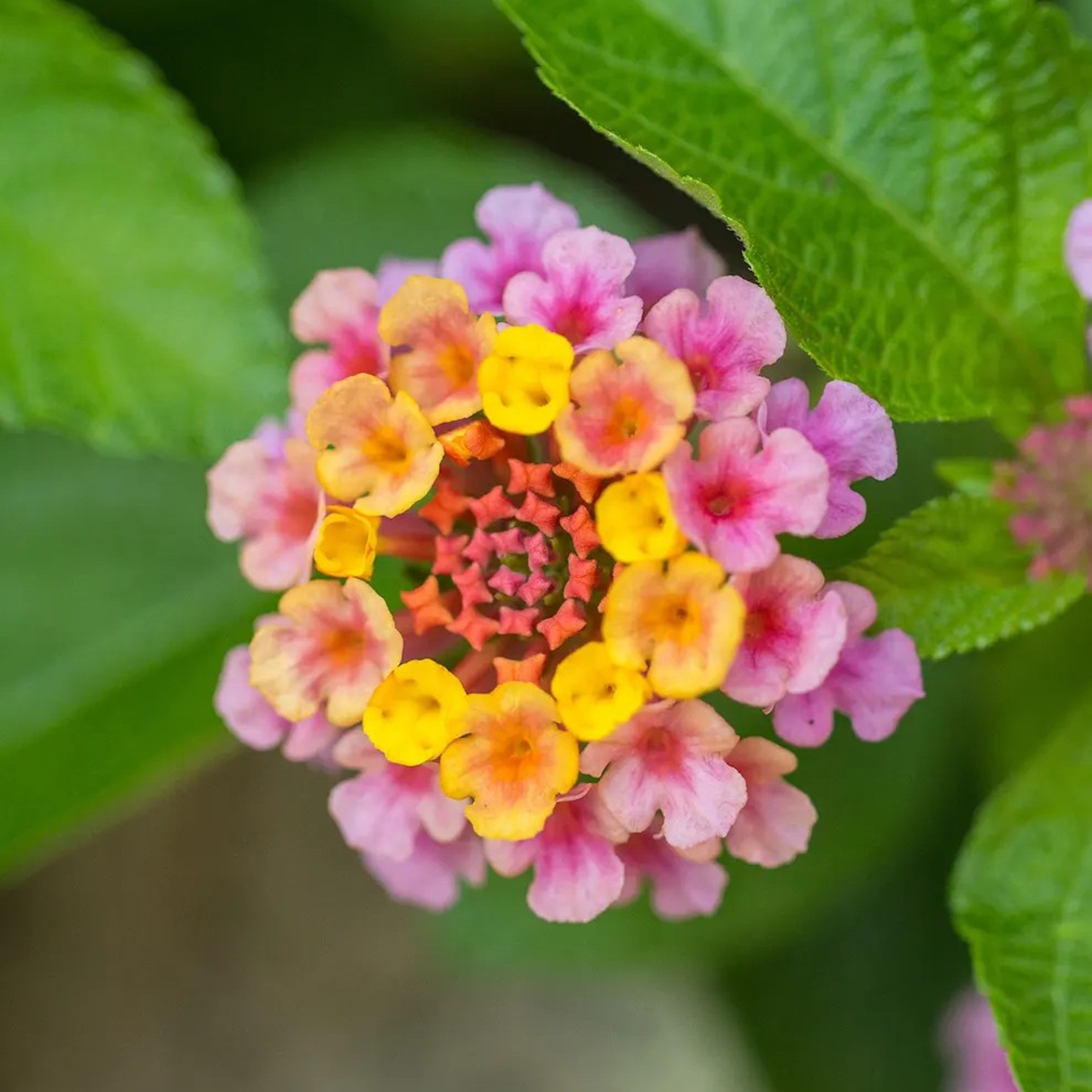
Lantana camara is a favorite of many gardeners for obvious reasons. After all, the showy pink, purple, yellow and orange blooms are rather unusual, and can really transform small yards and patios.
However, what might surprise you is that this colorful, cheery plant is considered thuggish across North America, including in Hawaii and California.
Of course, you can learn how to grow lantana in pots, or deadhead lantana to limit its spread, but if you want to save yourself the worry, I would recommend learning how to grow something less vigorous.
For example, try bee balm, or Monarda, for a North American perennial that hummingbirds and bees adore.
Live bee balm starter plants can be ordered now via Walmart and can be grown from zone 3 to zone 9. Just be sure to get them in the ground on a mild day and give them a good, deep watering.
5. Nandina
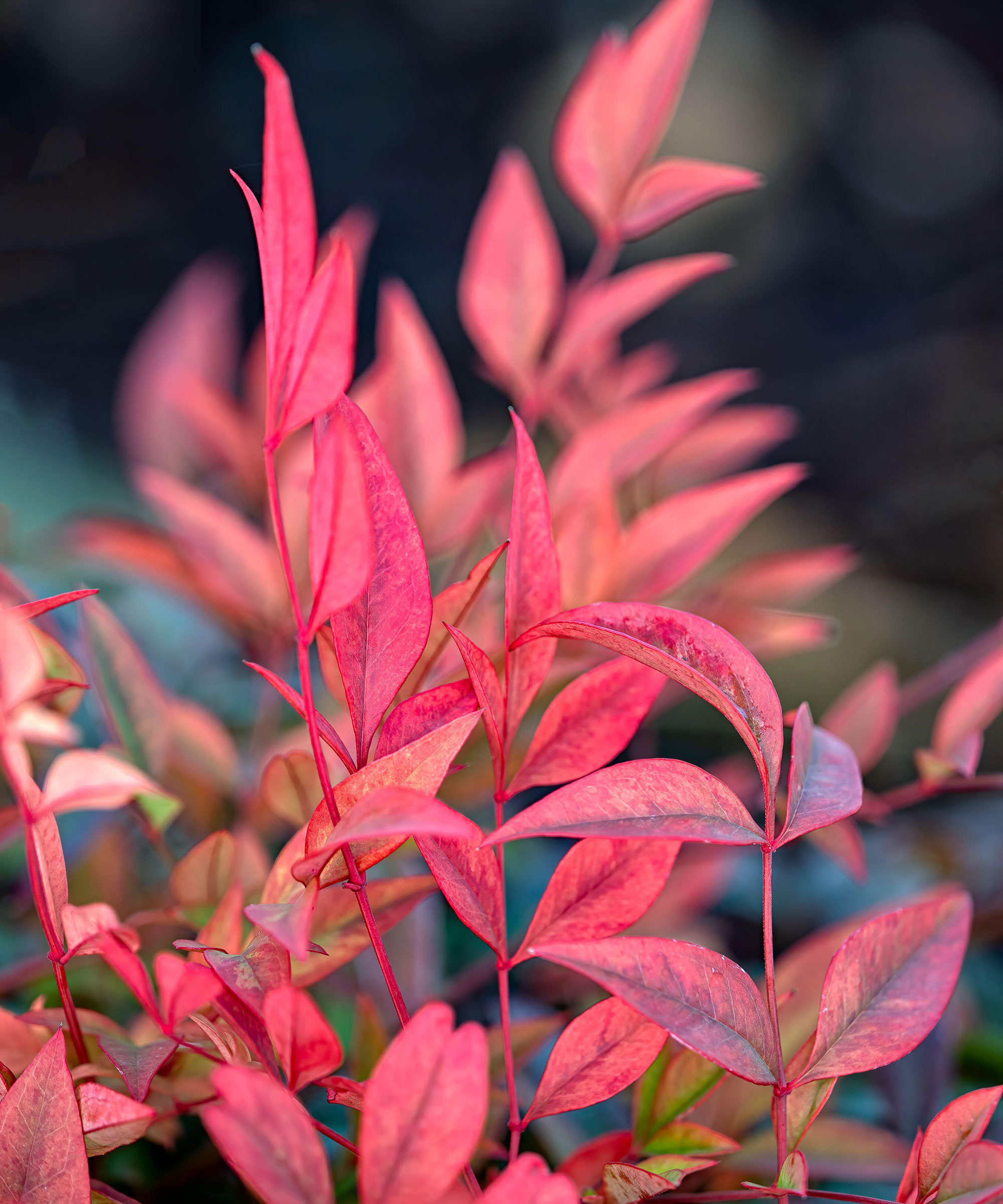
I’ve grown Nandina domestica, or sacred bamboo, in a range of gardens in London. And, while it’s one of the easiest evergreen shrubs to grow, in many US states, it grows a little too well.
Indeed, this popular species has invaded forests throughout the Southeast United States, including in Georgia and Florida, and can prove very problematic once it is established.
So, while I have never had any issues with growing this in London, this species might be one to avoid in warmer regions where it can sucker and spread.
If you want to enjoy shrubs with winter berries, try the native American beautyberry, or Callicarpa americana, with live plants available via Amazon.
This unusual species can be grown from zone 6 in sunny spots, and produces masses of purple berries that will look impactful during the colder months of the year.
Another popular plant that you might not realise is invasive is mint. This aromatic herb can quickly establish and spread, and if left alone, can get out of control.
Instead, it is best to grow unique mint varieties in pots, where you can easily control them.
I love growing pineapple mint, with live plants available at Amazon, which can be restricted in pots, and will elevate your summer suppers and drinks.
Shop garden accessories

Thomas is a Content Editor within the Gardens Team at Homes and Gardens. He has worked as a professional gardener for both public spaces and private estates, specializing in productive gardening, growing food and flowers. Trained in Horticulture at the Garden Museum, he has written on gardening and garden history for various publications, including The English Garden, Gardens Illustrated, Hortus, The London Gardener and Bloom. He has co-authored a Lonely Planet travel book, The Tree Atlas, due out in 2024.

